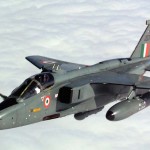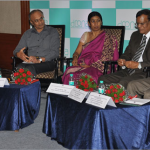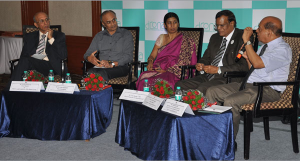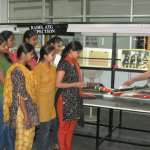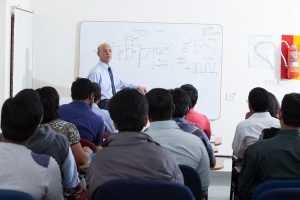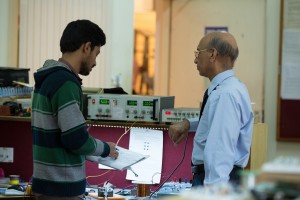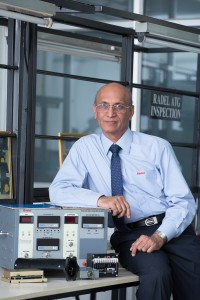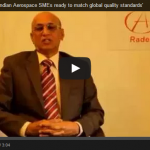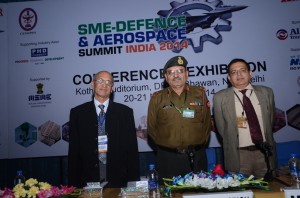There has been a news item in the last two days on HAL signing an MOU with BAe, UK, for spares support for the Hawk trainer as well as the Jaguar. If we hark back 40 years, HAL manufactured the Jaguar under licence from BAe. Logically, over these 4 decades, HAL should have developed indigenous sources for the spares for these aircraft. It has obviously not happened. This is a classic example of the myth of ‘Transfer of Technology’. Many questions therefore arise from the announcement of this MoU.
What is the penalty that the country (and its tax paying public) paid with its precious foreign exchange for the maintenance and overhaul of these Jaguar aircraft over all these years? For, the OEM has surely charged HAL and the IAF exorbitantly for each spare part.
Did HAL attempt indigenisation of critical spares of Jaguar over these four decades? If so, what were the reasons for going back to BAe for spares? There was enough time for HAL to indigenise hundreds of spares that could also have enabled Indian vendors to develop similar parts and equipment for the LCA, ALH, Mirage and others. If all the divisions of HAL, at Bangalore, Lucknow, Korwa and Hyderabad could not indigenise the parts, why could it not have at least contracted it to a private player, even MSMEs? Radel Advanced Technology, an MSME has successfully indigenised many equipment including for the Jaguar, at a fraction of the cost of imported ones. So the question is, has HAL failed in skilling its engineers in indigenisation, or has it failed to give enough importance to the issue?
When on the one hand, the Government talks of ‘Make in India’ and on the other, a prestigious defence PSU actually signs an MOU for spares support for a 40-year old aircraft, it becomes clear that there is either a lack of capability or a lack of will to indigenise, design and manufacture in India.
Under these circumstances, how can we claim that we have produced an ‘indigenous’ LCA? This raises an even more worrying thought – were we fooling ourselves by wanting to make the Rafale in India? Even if we do, under licence, will we not be in the same boat as we are with the Jaguar and the Hawk today? Doesn’t this MOU prove that HAL has failed to assimilate even 40 year old technology over all these years?
Looking ahead, how do we develop the capability to design and manufacture aircraft that are completely indigenous?
The solution lies in taking multiple steps:
To begin with, the determination and will to design and produce an indigenous aircraft as well as all its on-board systems, over a limited time frame.
Ensuring that the supply chain for the manufacture of the complete platform is in the ratio of 80:20 where 80 is the share of the tier 1, tier 2 and tier 3 suppliers, and the lead organisation retains only 20% – the important major part of integration, testing and delivery.
Steps to indigenise all spares for all the aircraft concurrently with the aircraft manufacturing programme, through the process of identifying and promoting MSMEs as suppliers for these – in this process, streamlining and expediting the lengthy and often infructuous tendering process, with the specific intention of achieving the stated goal.
A strong leadership within the PSU to take these steps forward and drive it down the whole organisation. With the right attitude and determination, we can do it. If we can indigenously design and execute the Mars Mission, we can design our own fighter aircraft too.
